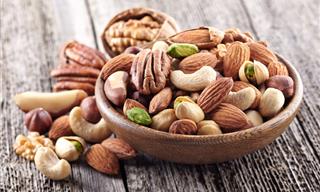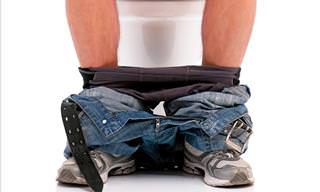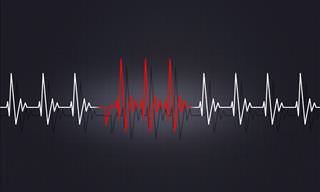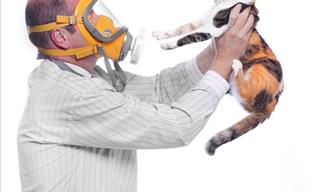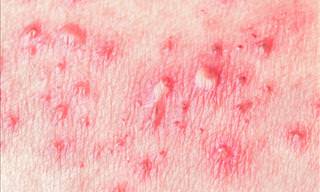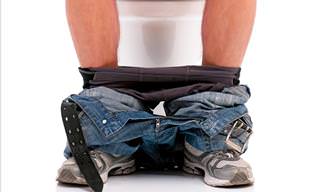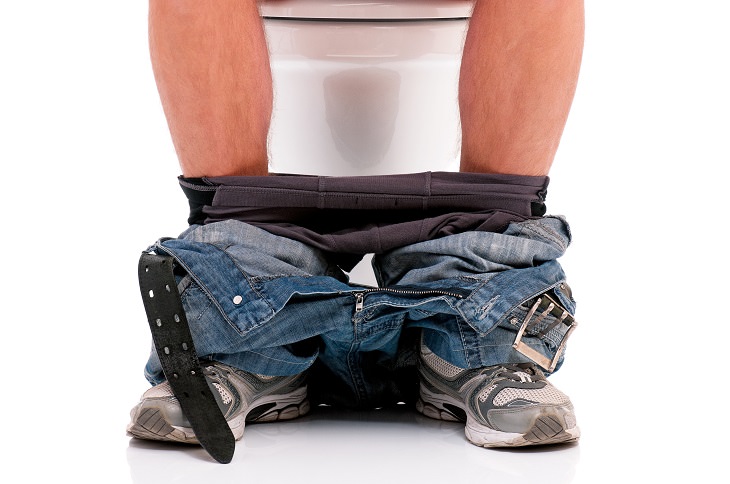
1. White
White, grayish, or clay-colored stool indicates a lack of bile. This may hint at issues with the liver and gallbladder as these are organs where bile is produced and stored. This can be anything from blocked bile ducts to gallstones to cirrhosis.
2. Green
Green stool might be caused by the consumption of vegetables rich in chlorophyll, iron supplements, or green food coloring in drinks.
If food is not the cause, it means that your stool has passed through the digestive tract too quickly and didn’t have enough time to pick up bile and bilirubin.
3. Yellow
Yellow stool could be a sign of blocked bile ducts and poor fat absorption. Another reason could be lack of enzymes produced by the pancreas, which may hint at cystic fibrosis, chronic pancreatitis, or celiac disease.
However, it can also be a sign that you have eaten too many carrots or have drunk a lot of yellow-colored drinks.
4. Black
Black stool might appear as a result of medicine intake (ibuprofen, aspirin, and iron supplements) or bleeding in the intestines. The latter is obviously a reason to contact your doctor right away!
A more common cause is the food that you eat. Black and blue foods, such as licorice or blueberries, can give your stool the color.
5. Red
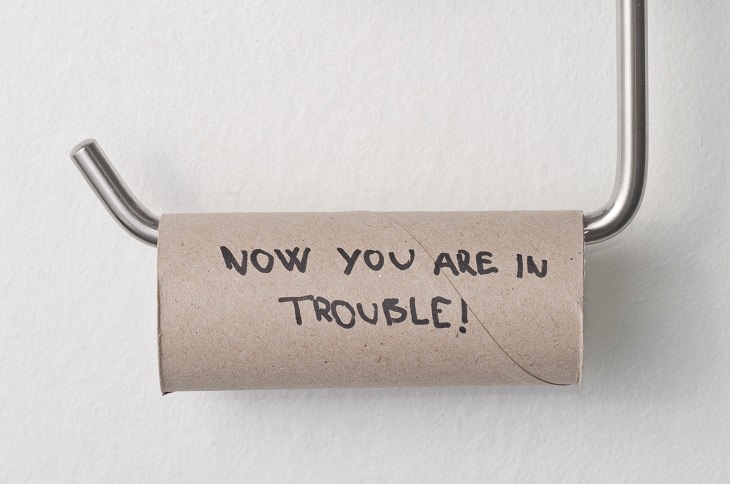
Red stool is usually influenced by your diet – colored drinks, tomatoes, beets. However, if food isn’t the cause, it’s time to call your doctor, as it could be blood.
Blood in your stool is an alarming sight. It may be an anal fissure, hemorrhoids, ulcerative colitis, or even cancer.
Poop Shape
If you still don’t believe that checking your stool is normal, some scientific research may convince you. To distinguish the types of stool and help people stay healthy, scientists from the Bristol Royal Infirmary created the Bristol stool chart. This describes 7 types of feces and what they mean:
1. Separate Solid Lumps Reminiscent of Nuts or Goat Feces
Meaning: Severe Constipation
This type of stool means that your body lacks fiber. To fix it, consume more fiber-rich products like raspberries, lentils, and whole-wheat pasta.
2. Sausage-shaped, Large and Lumpy
Meaning: Constipation
This type of stool is also caused by a lack of fiber. Non-dietary reasons for constipation may include long-term anti-diarrhea medicine intake and lack of physical activity. If your stool is like this, you should eat more fruits and vegetables and get more exercise.
3.Cracked Sausage Shape
Meaning: Normal Stool
You’re doing just fine! Don’t forget to walk and drink more water.
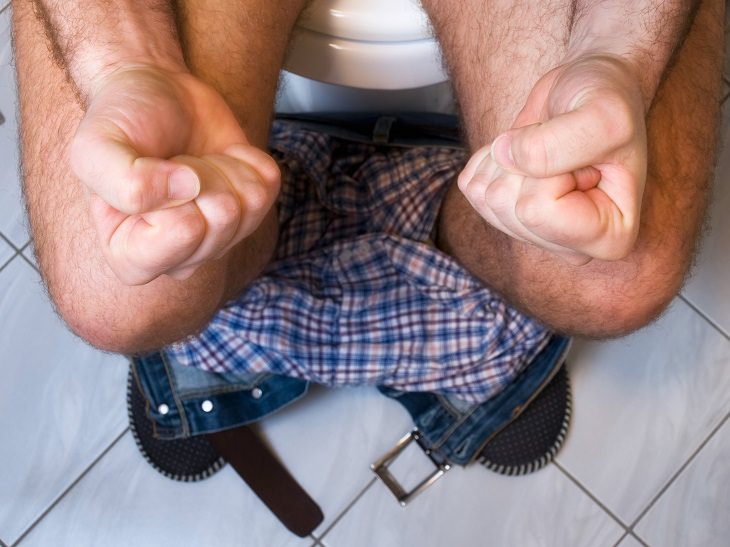
4. Soft, Sausage-shaped and Smooth
Meaning: Perfect Stool
Try to maintain a balanced diet and avoid stressful situations to keep things as perfect as they are.
5. Soft Lumps with Clear Edges
Meaning: Light Diarrhea
This could also be a sign of irritable bowel syndrome. To make things better, try eating low-fiber foods such as crackers, bananas, and potatoes.
6. Fluffy Pieces with Ragged Edges
Meaning: Mild Diarrhea
This might mean that there’s too much fiber in your diet. Drink more to avoid dehydration, and stick to eating bananas and boiled potatoes. You might also want to try some over-the-counter medication, such as Imodium or Pepto-Bismol. If the issue lasts for longer than 2 days, consult your doctor.
7. Liquid without Solid Pieces
Meaning: Severe Diarrhea
This might be a sign of food poisoning, bacterial infection, lactose intolerance, or medicine intake. Drink plenty of water to fight dehydration, and try some over-the-counter medications. If the symptoms have not disappeared after 2 days, consult your doctor.
Source: brightside
Images: depositphotos
 Go to BabaMail
Go to BabaMail





























